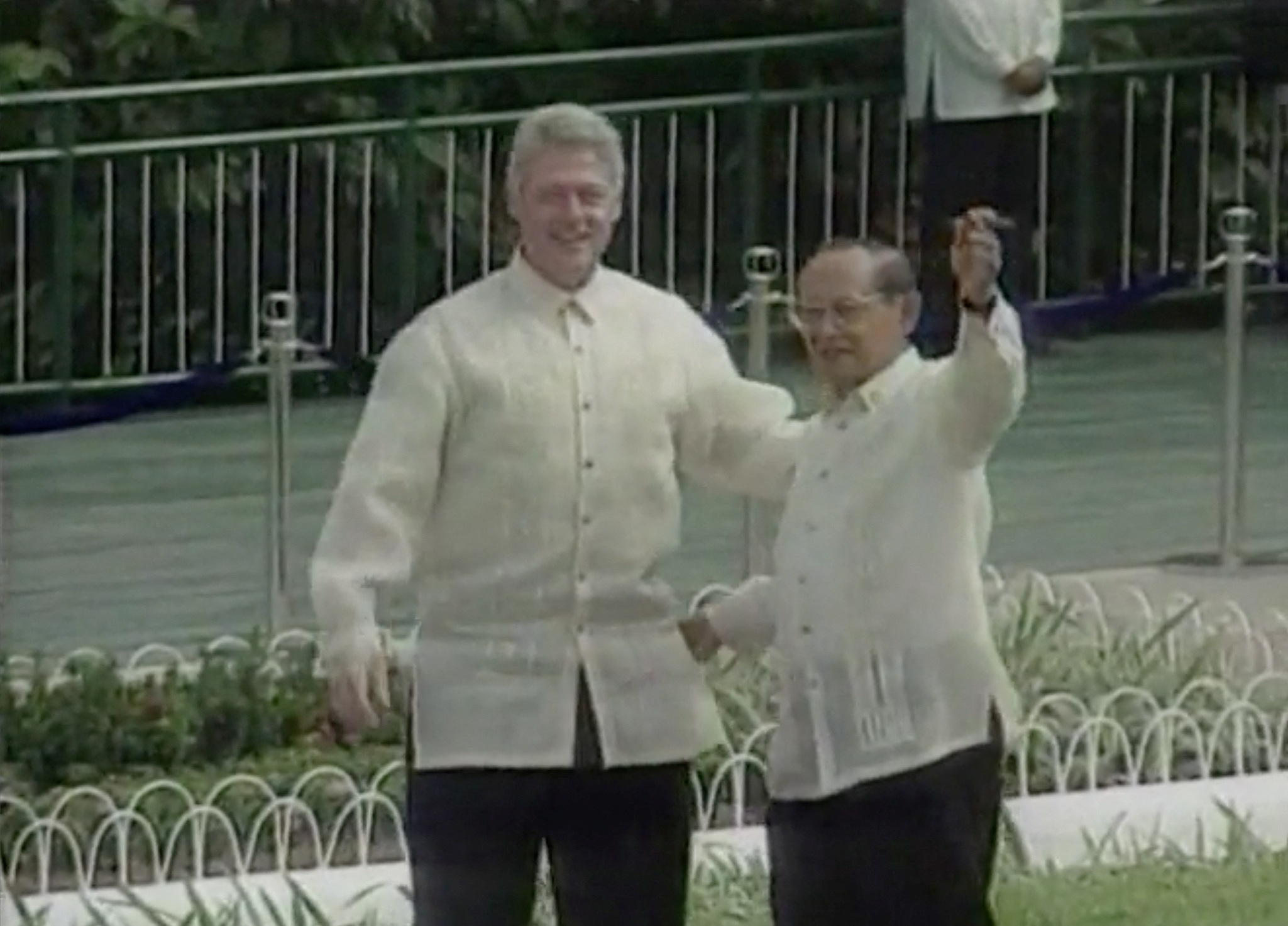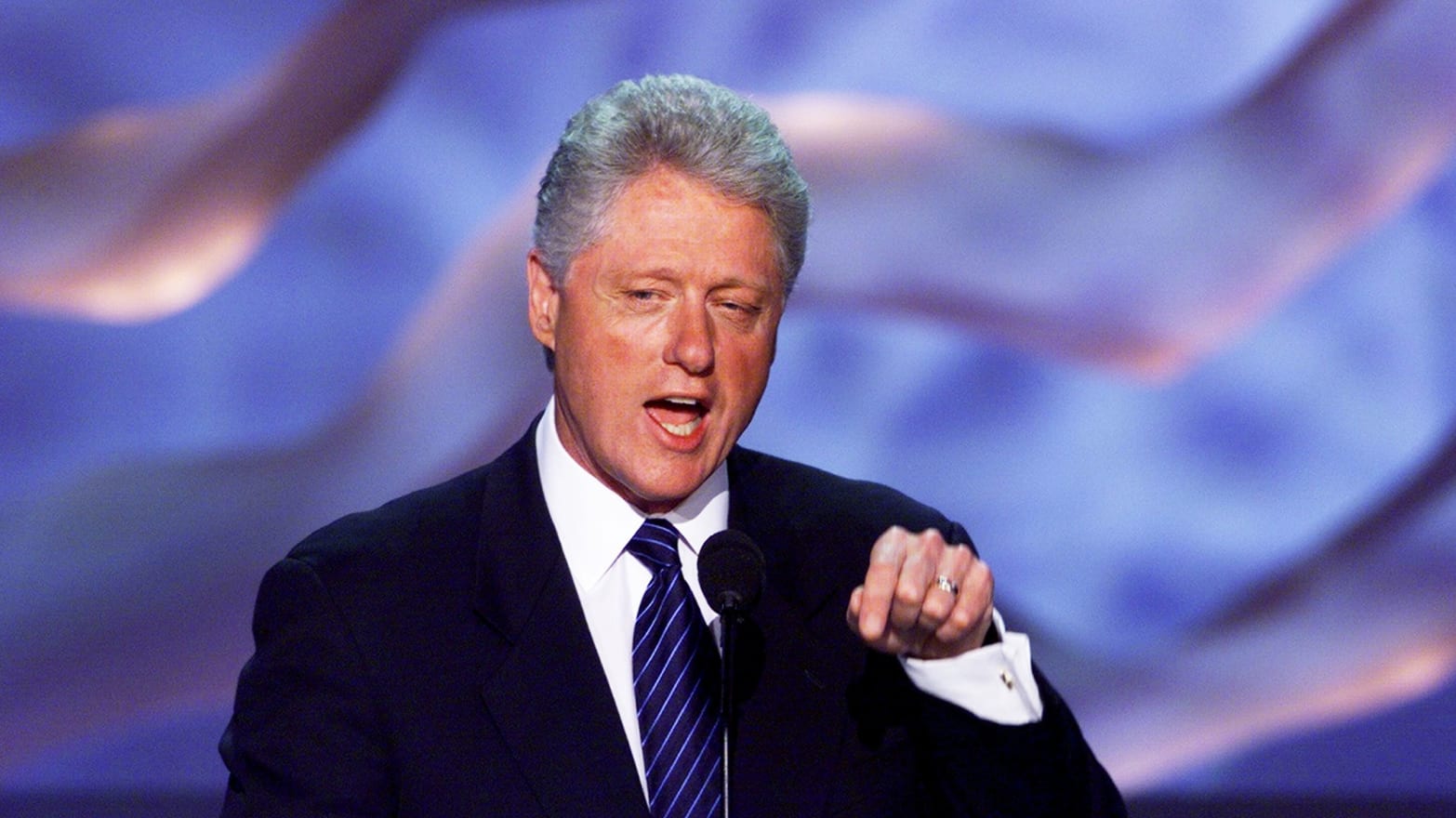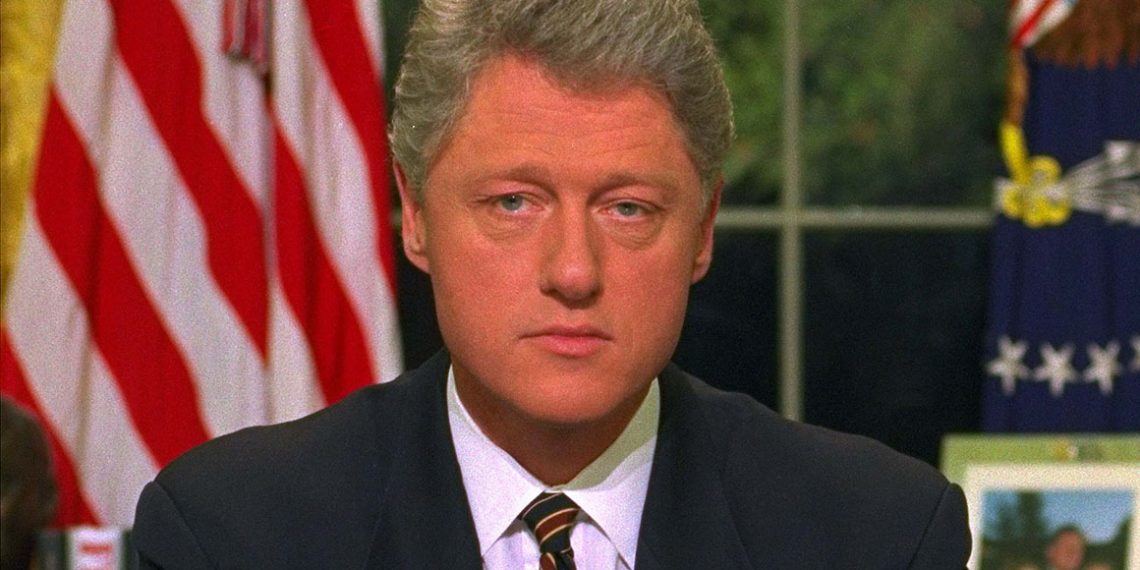On November 23, 1996, Air Force One carrying President Bill Clinton and First Lady Hillary Clinton narrowly avoided an explosive attack as it approached Manila. The U.S. Secret Service received intelligence of a planted device on the motorcade route into the Philippines capital, prompting swift action to redirect the convoy.
A suspected al Qaeda attempt to assassinate the U.S. President minutes after his arrival for the annual Asia-Pacific Economic Cooperation summit was thwarted by the Secret Service’s quick decision to switch to a backup route.
Filipino security officers discovered a powerful bomb and abandoned SUV along the original route, highlighting the seriousness of the threat.

Despite the alarming incident, there’s little evidence of a formal U.S. investigation into the assassination attempt. Eight retired Secret Service agents have come forward, providing a detailed account of the foiled plot. However, the lack of follow-up actions and investigations leaves unanswered questions about the incident’s aftermath.
The retired agents recall a tense atmosphere in Manila, with heightened security concerns due to ongoing communist and Islamist insurgencies.
The discovery of bombs at Manila airport and the summit conference center days before the Clintons’ arrival underscored the volatile situation. Despite these warnings, there was no formal investigation into the attempted assassination.
The incident sheds light on the challenges faced by the Secret Service in ensuring the safety of high-profile figures, particularly in regions plagued by political instability and terrorism.

While the immediate threat was averted, the lack of subsequent investigation raises concerns about the broader security protocols in place during the Clinton administration.
The foiled plot serves as a reminder of the constant threat posed by extremist groups and the importance of robust security measures to protect world leaders.
Despite the passage of time, the details of the incident continue to raise questions about the effectiveness of security protocols and the need for thorough investigations into such serious threats.





